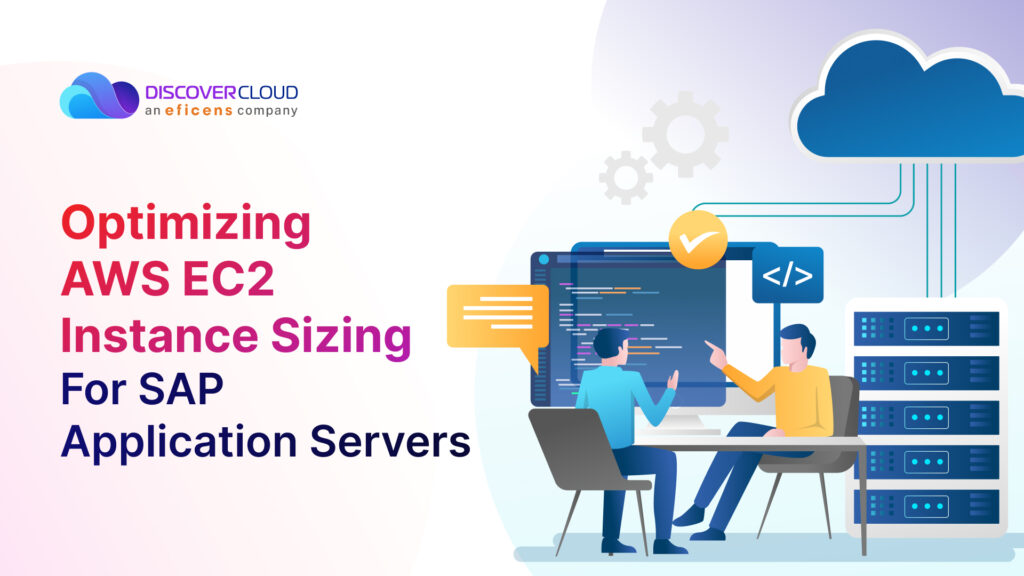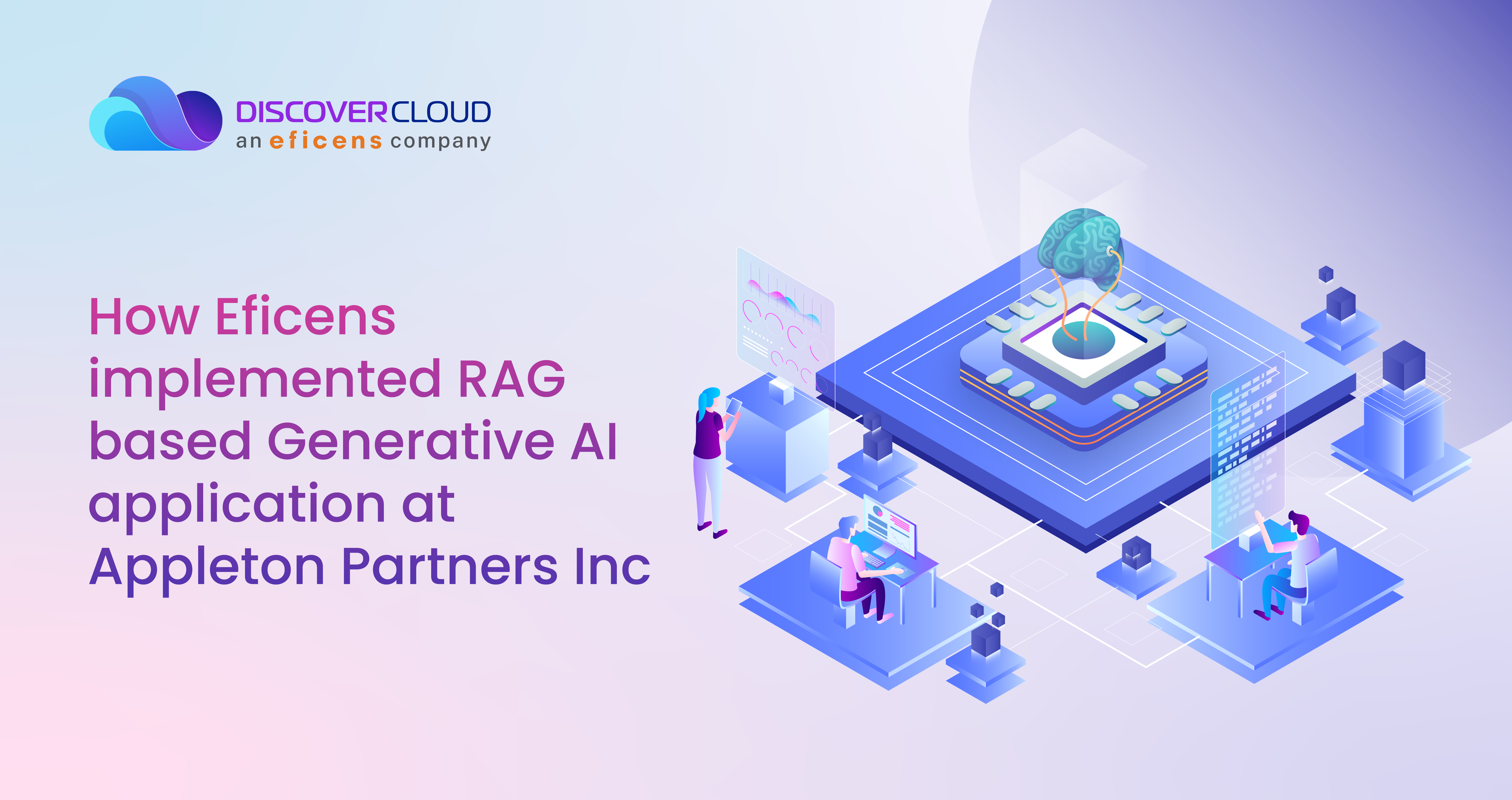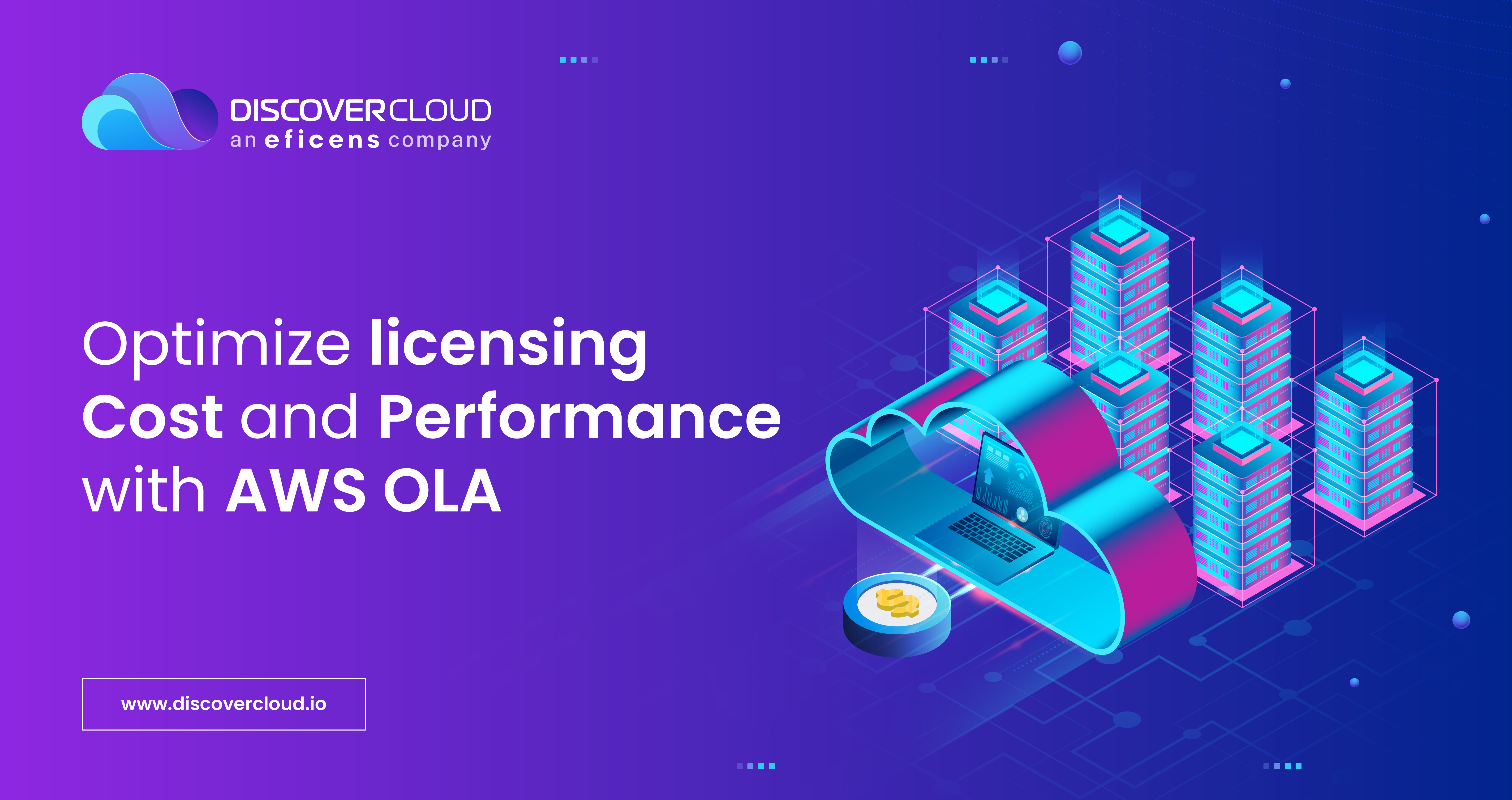When it comes to right-sizing AWS EC2 instances for SAP application servers, the process can be intricate. Unlike database servers, which have well-defined growth and performance metrics, SAP application instances such as ASCS, ERS, and AAS present unique challenges due to the lack of direct information and readily available requirements. In this blog post, we delve into a systematic approach that simplifies the creation of sizing documentation and Total Cost of Ownership (TCO) preparation for SAP application instances on AWS. We’ll explore various data sources and methodologies that enable well-informed decisions, excluding database server sizing to keep the focus on application instances.
Why Instance Sizing Matters
SAP applications are known for their resource-intensive nature. Inadequate instance sizing can lead to performance issues, downtime, or unnecessarily high costs. Optimizing EC2 instance sizing ensures that you have the right balance of CPU, memory, and storage resources to meet your SAP workload’s requirements effectively.
Understanding the SAP Application Architecture
Before diving into instance sizing, a solid grasp of the SAP application architecture is essential. This section provides a concise overview of key components:
- SAP ASCS Instance: Serving as the backbone of SAP system architecture, the ASCS instance manages locks, communication, and administration. It ensures data consistency and high availability, requiring the right EC2 instance with optimal computing power.
- SAP ERS Instance: The ERS instance specializes in replicating lock data across ASCS instances for uninterrupted operations during failures. Its sizing usually aligns with ASCS instances.
- SAP AAS Instance: The AAS instance, also known as the Dialog Instance, plays a pivotal role by distributing workload, enhancing performance, and enabling scalability. The sizing of AAS instances significantly impacts SAP application server performance.
Choosing AWS EC2 Instance types
This section provides crucial insights into selecting appropriate AWS EC2 instances for SAP application servers:
- SAP Note and Documentation: Thoroughly review SAP notes and documentation specific to AWS deployments. This step is vital for understanding platform-specific considerations or limitations that might impact instance sizing (refer to SAP notes 1656099 and 1656250).
- Instance Families and Types: Familiarize yourself with the array of EC2 instance families and types offered by AWS, such as general purpose, memory-optimized, and compute-optimized. Choose options that align with SAP workloads (consult SAP note 1656099 and AWS documentation for a list of SAP-supported EC2 instances).
- Resilience and High Availability: Prioritize EC2 instances that offer the necessary resilience and high availability for critical SAP application instances. Utilize features like Auto Scaling (where applicable), Multi-AZ deployments, and load balancing to ensure continuous operations (see SAP on AWS High Availability documentation).
Best Practices for Optimizing EC2 Instance Sizing
- Understand Your SAP Workload: Before selecting an EC2 instance type, it’s essential to understand your SAP workload’s characteristics. Consider factors such as the number of users, transaction volume, and the specific SAP modules you are running. This knowledge will help you determine your performance and resource requirements accurately.
- Leverage AWS Sizing Tools: AWS provides tools like AWS Trusted Advisor and AWS Compute Optimizer that can analyze your existing EC2 instances and recommend instance types that align with your workload’s needs. These tools can be valuable in guiding your instance selection process.
- Right-Sizing Strategy: AWS offers a variety of EC2 instance types optimized for different workloads. When it comes to SAP application servers, the compute-optimized and memory-optimized instance families are often the most suitable options. However, you should also consider using a mix of instance types to meet different SAP server roles’ requirements (e.g., application servers, database servers, web servers).
- Monitor and Adjust: Instance sizing is not a one-time task. SAP workloads may evolve over time, and as your business grows, your instance requirements may change. Continuously monitor your SAP environment’s performance and be prepared to adjust your instance sizes or types as needed.
- Consider Reserved Instances: If you have predictable SAP workloads and usage patterns, consider purchasing AWS Reserved Instances (RIs). RIs offer substantial cost savings compared to on-demand instances, making them a cost-effective choice for long-term SAP deployments.
- Use Amazon EBS Wisely: Amazon Elastic Block Store (EBS) volumes are essential for storing SAP application data. Choose the appropriate EBS volume types and sizes to match your SAP instance requirements. Consider utilizing Amazon EBS Elastic Volumes to adjust volume sizes without downtime.
- Implement Auto Scaling: Implementing AWS Auto Scaling for your SAP application servers can help you automatically adjust the number of instances based on demand. This ensures optimal performance during peak times while saving costs during off-peak hours.
- High Availability: For mission-critical SAP workloads, consider deploying your application servers across multiple Availability Zones (AZs) for high availability. This not only enhances resilience but also allows you to distribute the workload efficiently.
Conclusion
Selecting the right AWS EC2 instances for SAP application servers is a pivotal aspect of a successful migration strategy. By harnessing diverse data sources, as outlined in this blog post, organizations can make informed decisions that optimize SAP workloads on AWS. The approach detailed here provides a robust methodology for achieving seamless migration and efficient sizing of SAP application instances on AWS. Ultimately, this methodology empowers customers to leverage cloud scalability, flexibility, and cost optimization to their advantage.





